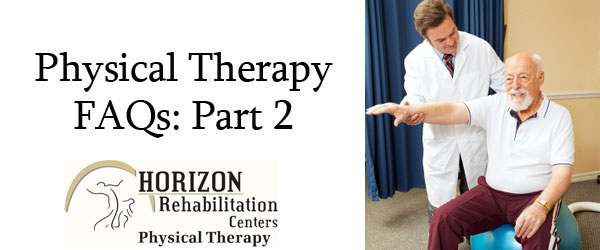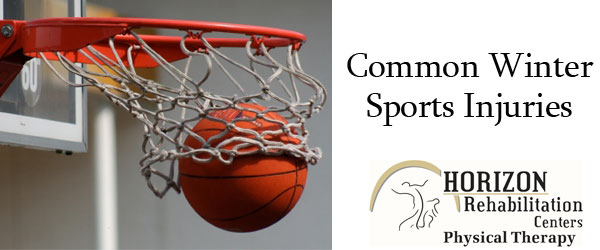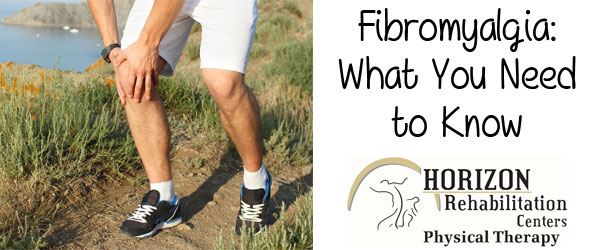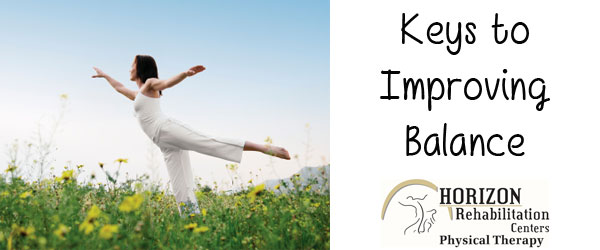It can strike without warning, and leave its victims disabled for life. We’re talking about a stroke. Approximately 80 percent of all strokes can be prevented. Strokes that fall in the remaining 20 percent category can be attributed to the following factors:
Age- Strokes can strike you at any age, but your risk for one increases the older you get. Once you reach the 55-year mark, your risk doubles every 10 years.
Gender- Statistically, strokes tend to affect women more than men, but this is partially because women tend to live longer than men. Each year, an average of 55,000 more women than men have strokes. Women are two times more likely to die of a stroke than they are of breast cancer. However, men are more susceptible to strokes in their younger age than women
Race –When it comes to a risk factor, African Americans are two times more likely to have a stroke than Caucasian. Hispanic and Asian/Pacific Islanders also have a higher risk.
Family history- A tendency towards stroke runs in your genes. If you have a relative who had a stroke, this means you and everyone else in your family have a higher risk of having one as well.
If you think someone may be having a stroke, perform a test called F.A.S.T. The “F” stands for face–ask the person to smile and look for a drooping in the facial muscles. “A” is for arms–ask the person to raise both arms, and see if one arm drifts down. “S” stands for speech–ask the person to repeat a sentence, and listen for slurred speech. “T” is for time–if a person has any symptoms, time is of the essence. It is important to get stroke victims to a hospital quickly.
A person may be having a stroke if he has sudden numbness or weakness in the face, arm or leg, sudden confusion or trouble speaking, sudden trouble seeing in one or both eyes, sudden trouble walking, dizziness and a sudden severe headache with no cause. If you recognize any of these symptoms, call 9-1-1 immediately.









